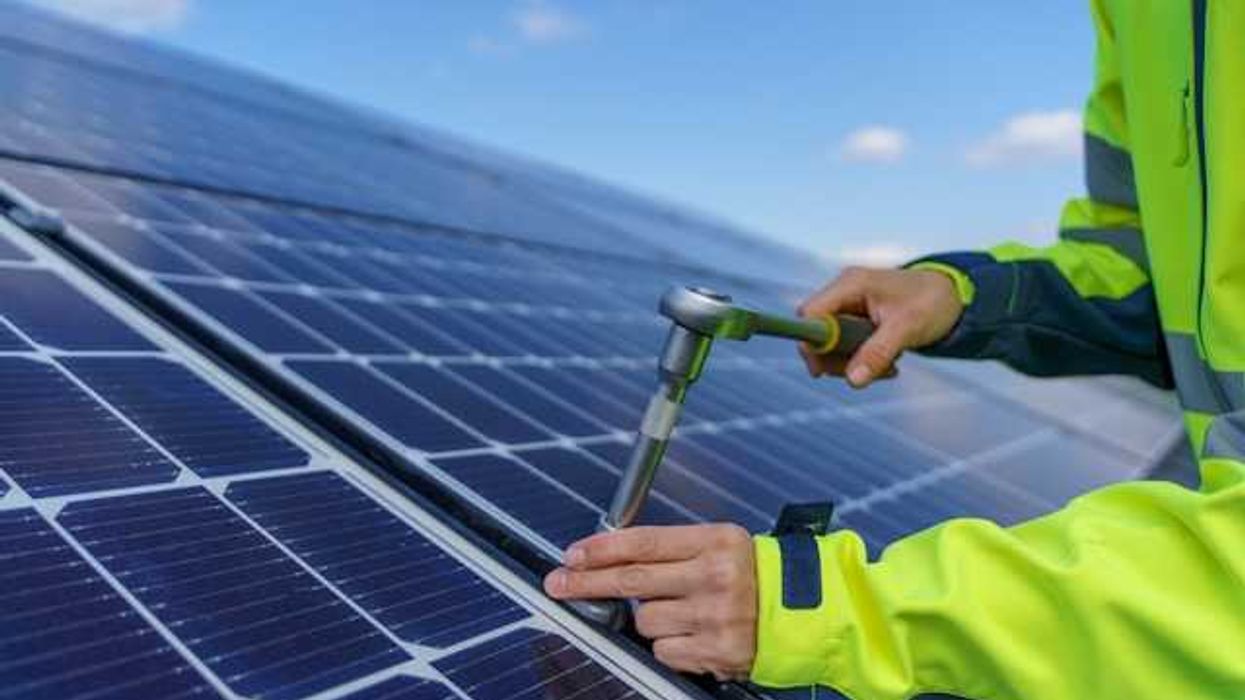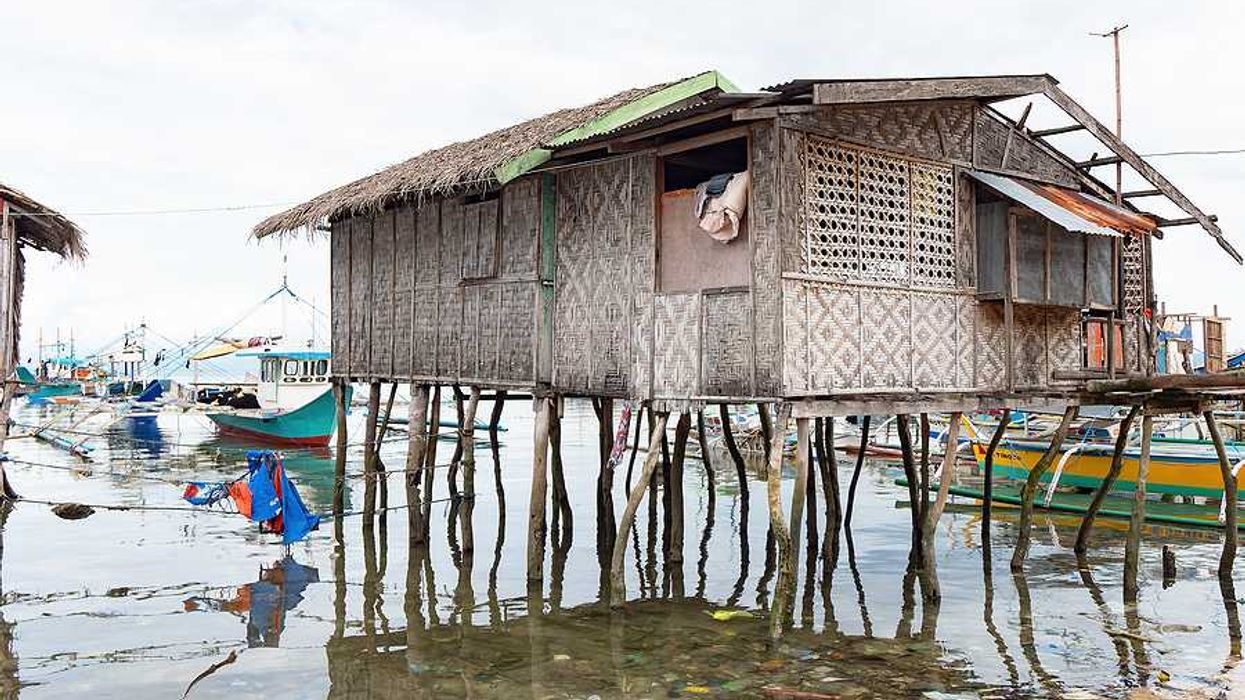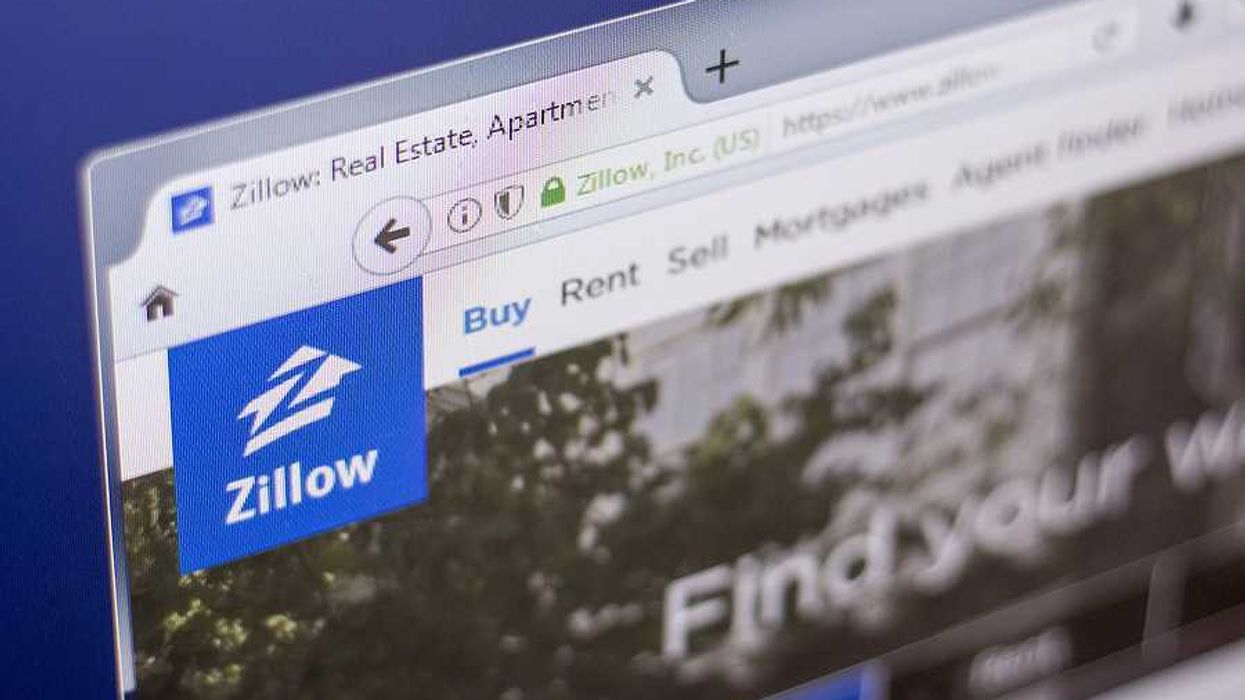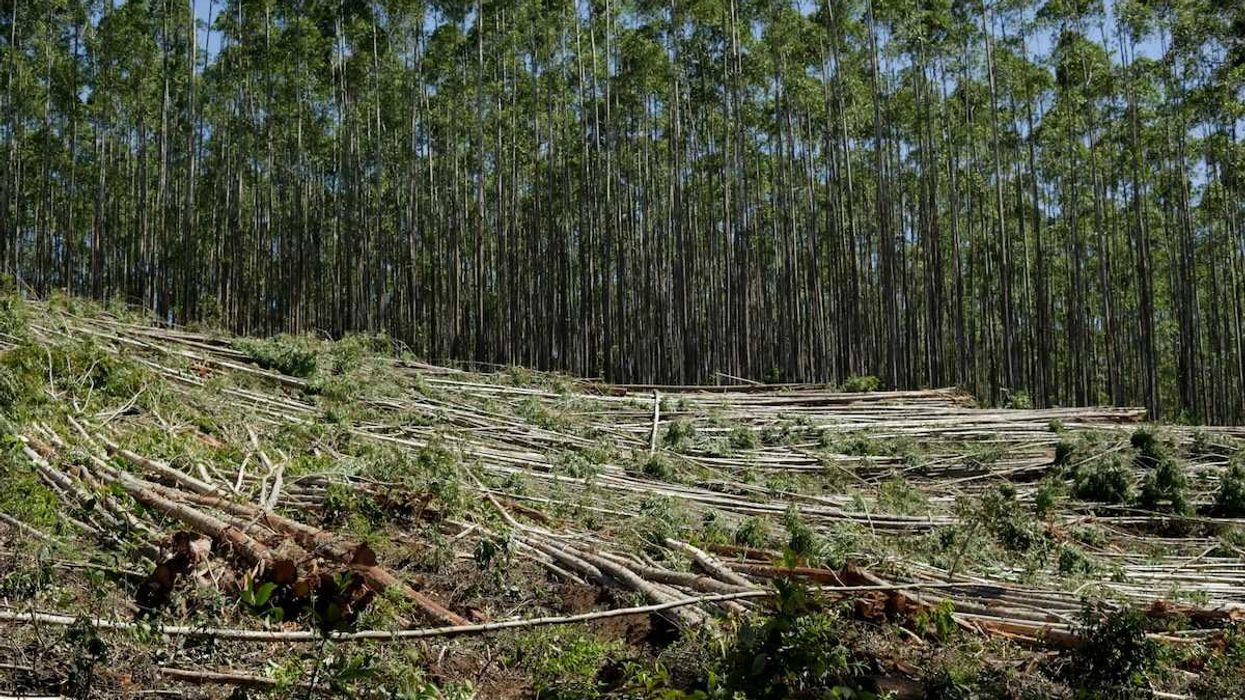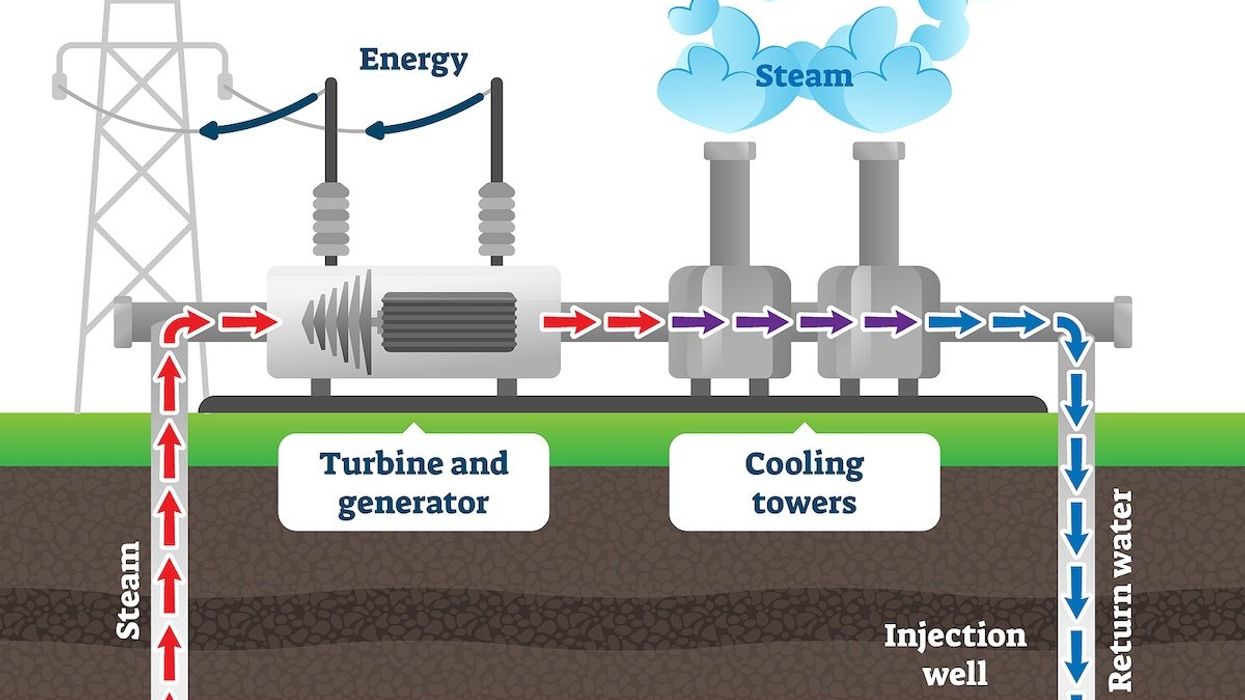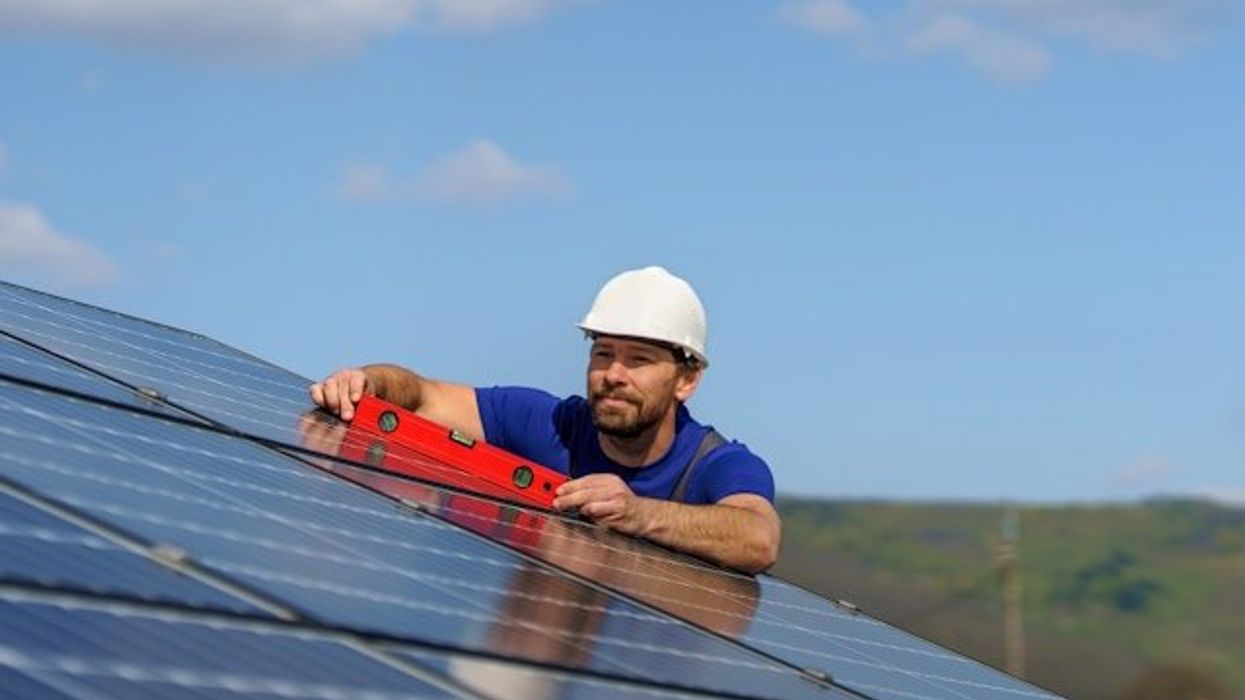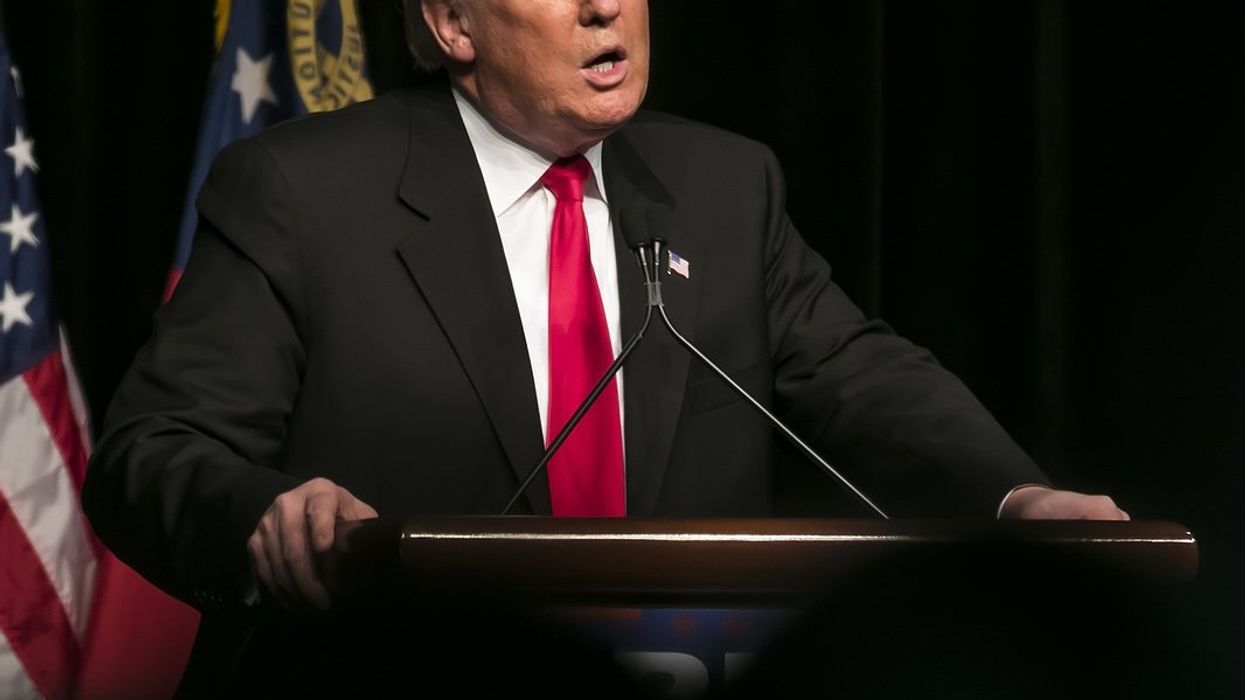Molokaʻi residents are transitioning to solar power, taking control of their energy future through community-driven efforts and local workforce development.
In short:
- Molokaʻi residents launched a Community Energy Resilience Action Plan to transition from fossil fuels to renewable energy using microgrids and solar systems.
- The Hoʻāhu Energy Cooperative is building community-owned solar projects, aiming to generate 20% of the island's power and reduce electricity costs by 20%.
- Workforce development programs are training locals in solar technology, offering new job opportunities and fostering energy independence.
Key quote:
"We are taking control of our own destiny as a grassroots cooperative, as a people, as an island, to care for our own resources."
— Lori Buchanan, founding board member of Hoʻāhu Energy Cooperative Molokaʻi.
Why this matters:
By embracing solar power, Molokaʻi is reducing its dependence on expensive fossil fuels and enhancing energy security for its residents. This initiative also serves as a model for community-led renewable energy projects, promoting self-sufficiency and resilience in remote areas.


